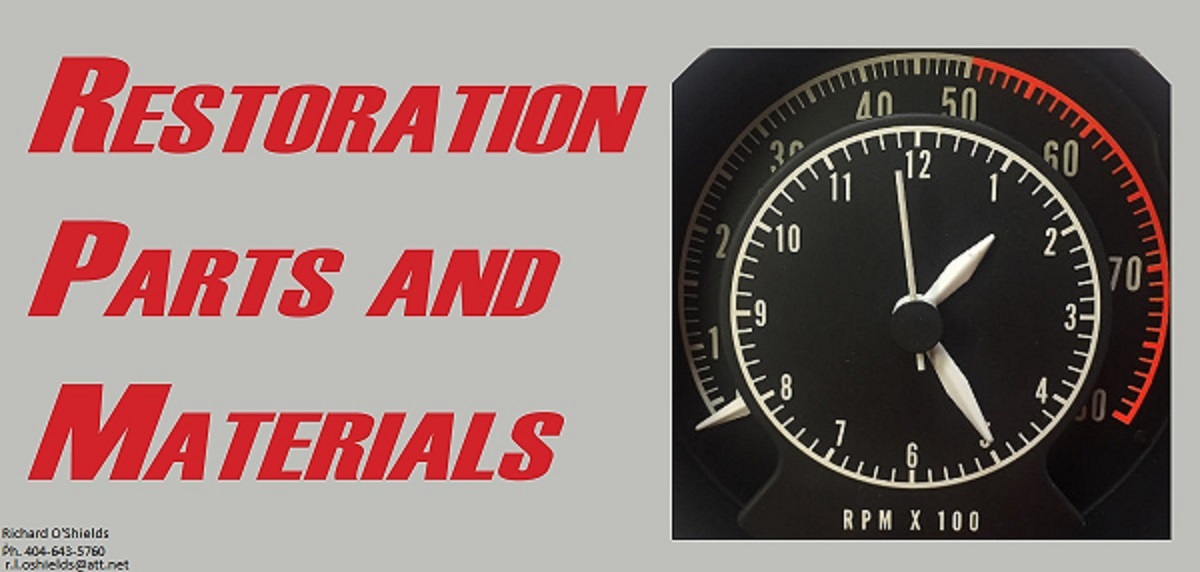540HemiCuda
Well-Known Member
You do realize that the choke is manually controlled and often does not need to totally seal the venturies while the air door must be able to respond on it's own hence the basic design difference. But is it your position that neither the choke nor the secondary air valve exerts any more pull on the boosters by resisting air flow? If so, you are just plain wrong.
And again, if the air door is not designed to enrichen the secondary's opening point, why don't double pumpers have them, too? ONLY mechanical secondary carbs with no other means to add fuel at that point have them. Why is that?
And your quote does nothing to sway the argument either way.
Here is what AI says: '
The air door, or air valve, on mechanical secondary carburetors (specifically Air Valve Secondary or AVS type) serves to gradually open against spring pressure, controlling airflow and creating a sufficient air velocity to draw fuel from the secondary boosters. This system prevents a lean stumble or "bog" when you stomp on the accelerator at low RPMs, ensuring smooth power delivery by allowing the carb to only add fuel when the engine demands it through sufficient airflow.
The air valve's position controls the airflow through the secondary venturi, creating the necessary velocity to generate a fuel signal from the secondary boosters. Without this system, the secondary throttle plates would open too quickly, causing too much air to enter without enough fuel, resulting in a lean condition or a "bog" '
Or this from a carburetor shop:
'Even if the throttle plates open fully, the secondaries won’t deliver extra fuel unless enough air velocity flows through the secondary side to push open that air door. This prevents bogging or lean conditions when stomping the throttle at low RPMs.
As the air valve opens due to increasing airflow, it activates the fuel metering rods and jets in the secondary side.'
Lots more information about this if you chose to do a search.
.
And again, if the air door is not designed to enrichen the secondary's opening point, why don't double pumpers have them, too? ONLY mechanical secondary carbs with no other means to add fuel at that point have them. Why is that?
And your quote does nothing to sway the argument either way.
Here is what AI says: '
The air door, or air valve, on mechanical secondary carburetors (specifically Air Valve Secondary or AVS type) serves to gradually open against spring pressure, controlling airflow and creating a sufficient air velocity to draw fuel from the secondary boosters. This system prevents a lean stumble or "bog" when you stomp on the accelerator at low RPMs, ensuring smooth power delivery by allowing the carb to only add fuel when the engine demands it through sufficient airflow.
The air valve's position controls the airflow through the secondary venturi, creating the necessary velocity to generate a fuel signal from the secondary boosters. Without this system, the secondary throttle plates would open too quickly, causing too much air to enter without enough fuel, resulting in a lean condition or a "bog" '
Or this from a carburetor shop:
'Even if the throttle plates open fully, the secondaries won’t deliver extra fuel unless enough air velocity flows through the secondary side to push open that air door. This prevents bogging or lean conditions when stomping the throttle at low RPMs.
As the air valve opens due to increasing airflow, it activates the fuel metering rods and jets in the secondary side.'
Lots more information about this if you chose to do a search.
.


















